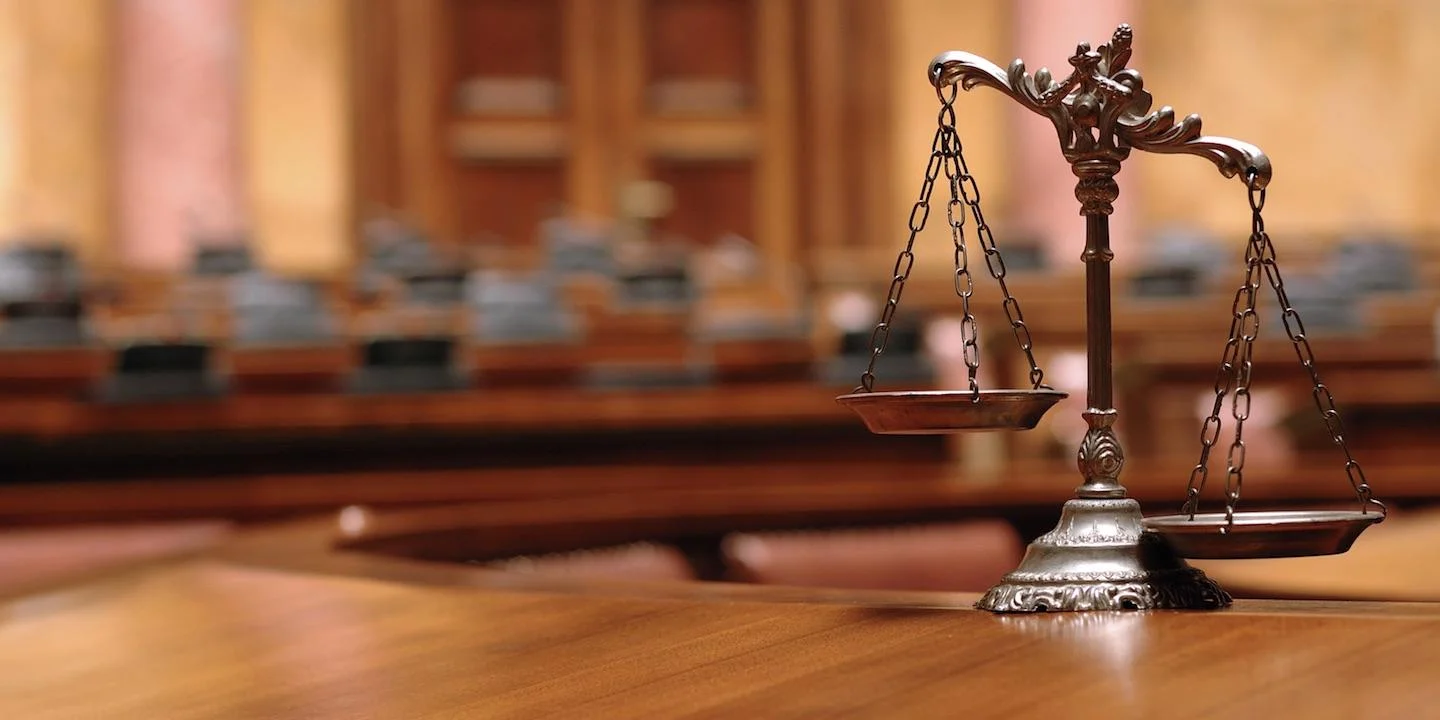OAKLAND – In an August California Bar Journal article, Erwin Chemerinsky, dean and distinguished professor at the University of California Irvine School of Law, offered an overview of the U.S. Supreme Court and his interpretation of its liberal leanings, especially after Justice Antonia Scalia’s death earlier this year.
“The most important lesson from the just completed term of the U.S. Supreme Court is that there are no longer five votes for a conservative result,” Chemerinsky said. “From 1971, when President Richard M. Nixon had his fourth nominee confirmed for the court, until Justice Antonin Scalia died on Feb. 13, there were at least five justices appointed by a Republican president and who were ideologically conservative. But no longer.”
Chemerinsky explained that when there is a 4-4 split in the Supreme Court, the lower court ruling is affirmed. In some cases, there would be no doubt that there would have been a conservative leaning if Scalia was still on the bench.
He also argues that in many high-profile cases involving issues like women’s rights to abortion or affirmative action in higher education, Justice Anthony Kennedy leans toward the liberal side of court decisions.
“The only major decision where the conservatives prevailed in an ideologically divided case was in Utah v. Streiff, which held that evidence gained after an illegal police stop is admissible if the police learn of an outstanding warrant for the person’s arrest,” he said. “Justice Breyer joined with Justices Thomas, Roberts, Kennedy and Alito to create the majority.”
Chemerinsky explained that the Supreme Court, in a 5-3 decision, held that the evidence was admissible against Edward Strieff because the officers searched after they found Strieff had an outstanding warrant.
Chemerinsky offered such an example to demonstrate how polarizing some opinions can be, and there is a clear liberal or conservative slant to many decisions.
For example, in the Utah v. Strieff case, Chemerinsky cited Justice Sonia Sotomayor’s written dissent that stressed her concerns with the Court’s decision.
“[T]his case tells everyone, white and black, guilty and innocent, that an officer can verify your legal status at any time,” Justice Sotamayor said. “It says that your body is subject to invasion while courts excuse the violation of your rights. It implies that you are not a citizen of a democracy but the subject of a carceral state, just waiting to be cataloged.”
Chemerinsky also offered many case examples that criminal defendants were benefiting from many court rulings within the last year, and in some cases by a large majority, regardless of liberal or conservative leanings.
As with regards to the future of the Supreme Court, Chemerinsky explained that there will be several open seats that need to be filled, and the next election will demonstrate which way the court will lean.
“Since 1960, 78 is the average age at which a Supreme Court justice has left the bench. There will be three justices 78 or older when the next president is inaugurated in 2017: Justices Ginsburg, Kennedy and Breyer,” he said. “Especially if it is a two-term president, it seems likely that he or she will have several picks for the high court.”
Chemerinsky does not offer predictions, but he does see a trend, and it will depend on who is elected president.
“It is uncertain as to who will replace Justice Scalia,” he said. “For liberals and conservatives, Democrats and Republicans, one of the most important issues in the coming election is who will fill these vacancies on the Supreme Court.”
